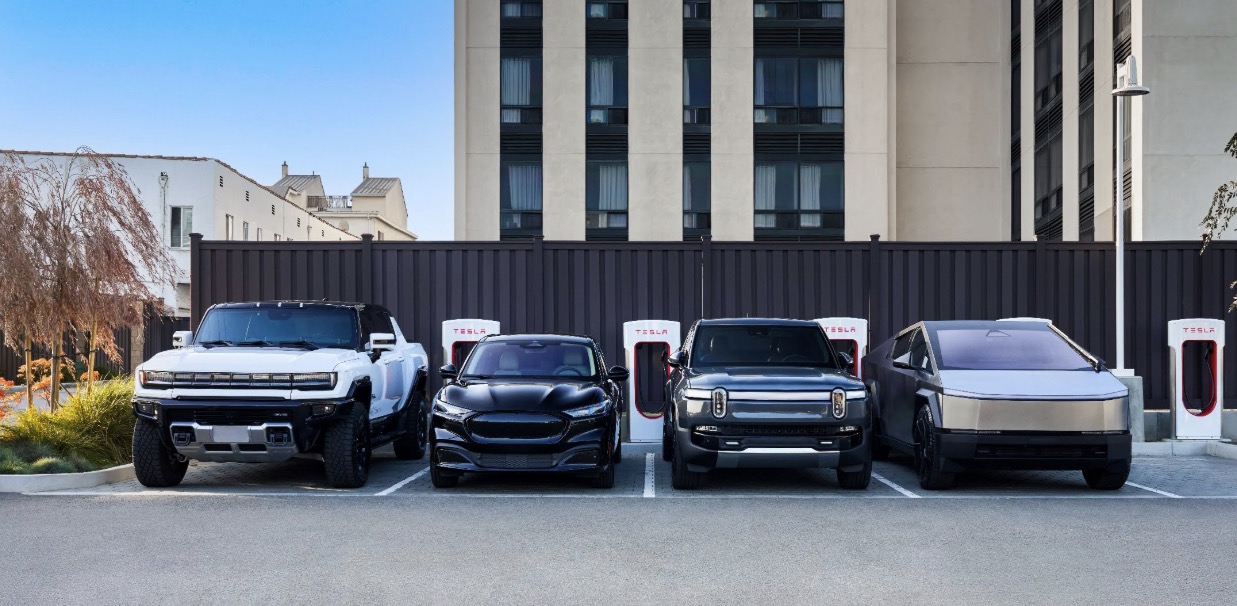
Tesla is currently testing the potential for its current Supercharging V4 (with V3 cabinets) to charge at over 300 kW
The Supercharger network is by far the best fast-charging network in the world and it’s hard to argue against that.
It’s the most extensive, convenient, and reliable.
However, it has been lagging behind the competition in one aspect: the top charge rate.
Back in 2016, when talking about Supercharger V3, I asked if the new version of the fast-charging station would be capable of 350 kW charging and Tesla CEO Elon Musk said that 350 kW would just be a “children’s toy”:
However, Supercharger V3 ended up limited to 250 kW. That worked for Tesla vehicles, but Tesla is now opening the network to non-Tesla EVs, and many of them are capable of charging at 400 kW, and several other charging stations are capable of that charge rate.
Tesla has since moved on to deploying the Supercharger V4, but that has been somewhat disappointing due to the fact that Tesla is so far only deploying new charging stalls and still using the V3 cabinets, which provide the power.
These stations are called Supercharger V3+.
We know that Supercharger V4 is capable of 350 kW charging, but Tesla needs to start deploying the new cabinets to make it happen.
Now, Tesla lead engineer Wes Morrill has revealed that the automaker is currently testing the capacity of some of these V3+ stations to charge at over 320 kW:
He didn’t elaborate on the plan if the trial proves successful.
Tesla currently operates about 60,000 Superchargers at over 6,000 locations around the world.
Electrek’s Take
I expected that Tesla would eventually update some of those existing V4 Superchargers to the new more powerful cabinets, but now it looks like Tesla thinks it can get more out of them.
That’s encouraging news. If you can shorten the charging sessions on the network, you increase its capacity.
It’s exactly what Tesla is trying to do here.
FTC: We use income earning auto affiliate links. More.

Post a Comment